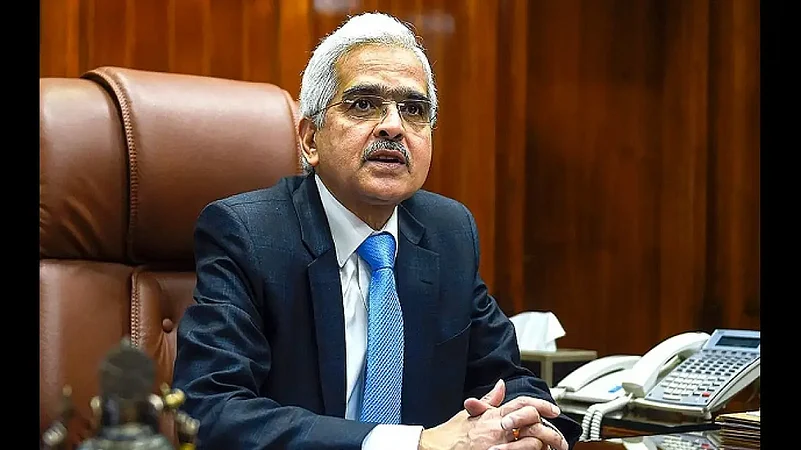Reserve Bank Governor Shaktikanta Das on Wednesday said recent trade agreements and geopolitical conditions open up potential market opportunities for India.
Observing that India's external sector has remained resilient amidst formidable global headwinds, he said provisional data suggest that merchandise exports remained strong in April 2022 and services exports reached a new high in March 2022.
"Potential market opportunities have opened up due to geopolitical conditions and the recent trade agreements. Strong revenue guidance by major information technology (IT) companies also bodes well for the overall external sector outlook in 2022-23," he said in an off-cycle policy announcement.
The worsening of terms of trade, driven by high commodity prices could have implications for the current account deficit in 2022-23, he said, but it is expected to be comfortably financed.
Advertisement
"Net foreign direct investment flows have remained robust, despite some recent moderation. Long term flows such as external commercial borrowings also remain stable. India’s foreign exchange reserves are sizeable with net forward assets providing a strong back-up. The external debt to GDP ratio remains low at 20 per cent," he said.
With regard to liquidity, Das assured that the RBI will ensure adequate liquidity in the system to meet the productive requirements of the economy in support of credit offtake and growth.
Quoting from April policy, he said several liquidity management measures were taken in alignment with the shift in the monetary policy stance, including restoration of a symmetric LAF corridor around the policy repo rate and the introduction of the standing deposit facility (SDF).
Advertisement
These measures operationalise the primacy accorded to maintaining price stability, while keeping in mind the objective of growth. Monetary policy has to engender an environment in which inflation persistence is broken and inflation expectations are re-anchored, he said.
Headroom for this reordering of priorities is becoming available with the receding of the pandemic and the steady broad basing of growth as economic activity regains and surpasses pre-pandemic levels, he added.
Observing that liquidity conditions need to be modulated in line with the policy action and stance to ensure their full and efficient transmission to the rest of the economy, he said banking system liquidity has remained comfortable since the April policy announcement.
Average surplus liquidity in the banking system – reflected in total absorption through SDF and variable rate reverse repo (VRRR) auctions – amounted to Rs 7.5 lakh crore during April 8-29, 2022.
The large liquidity overhang in the form of daily surplus funds parked under the SDF (average of Rs 2.0 lakh crore during April 8-29, 2022) has resulted in the weighted average call money rate (WACR) – the operating target of monetary policy – dipping below the SDF rate.
The favorable response of banks as evident in bid-cover ratios of 14-day and 28-day VRRR auctions as well as the USD/INR sell-buy swap auction conducted on April 26 also suggests that system-level liquidity remains ample.
Advertisement
"Therefore, in keeping with the stance of withdrawal of accommodation and in line with the earlier announcement of gradual withdrawal of liquidity over a multi-year time frame, it has been decided to increase the cash reserve ratio (CRR) by 50 basis points to 4.5 per cent of net demand and time liabilities (NDTL), effective from the fortnight beginning May 21, 2022," he said.
The withdrawal of liquidity through this increase in the CRR would be of the order of Rs 87,000 crore.
Sustained high inflation inevitably hurts savings, investment, competitiveness and output growth, he said, adding, it has pronounced adverse effects on the poorer segments of the population by eroding their purchasing power.
Advertisement
"I would, therefore, like to emphasize that our monetary policy actions today – aimed at lowering inflation and anchoring inflation expectations – will strengthen and consolidate the medium-term growth prospects of the economy," he said.
"We remain mindful of the possible near-term impact of higher interest rates on output. Our actions will, therefore, be calibrated. I would like to further stress that monetary policy remains accommodative and our approach will be to focus on a careful and calibrated withdrawal of pandemic-related extraordinary accommodation, keeping in mind the inflation-growth dynamics," he added.















 Just one email a week
Just one email a week